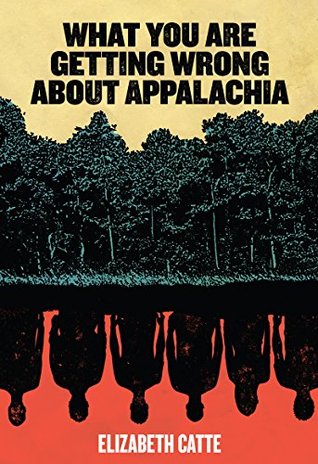More on this book
Community
Kindle Notes & Highlights
Read between
February 6 - May 20, 2018
There’s not a single social problem in Appalachia, however, that can’t be found elsewhere in our country.
believe it is essential for unity and diversity to gather those seeds of progressive change and struggle that have long characterized the lives of some individuals.”
You might think our biggest export is coal but it’s actually people.
“Writers and their readers play into political arguments that simplify Appalachia as a region that absorbs large amounts of government aid but gives back little, making it easier to condemn the people who live there.”
Narratives of dependency conceal the uneven distribution of wealth that haunts Appalachia and indeed, much of the nation.
sleight of hand that used working-class people to illustrate the priorities and voting preferences of white middle-class and affluent individuals.
Both Republican and Democratic state politicians have pushed “war on coal” narratives that suggest industry decline is the product of overregulation, not market forces and competition from cheaper energy. With often little difference among their elected leaders, West Virginians have witnessed a remarkable political indifference to economic diversification.
People didn’t “do their best” to keep the nation’s lights on; they died.
“We know Appalachia exists because we need it to define what we are not. It is the ‘other America’ because the very idea of Appalachia convinces us of the righteousness of our own lives.”
A desire to “tame” Appalachians for the benefit of industry often lurked behind twentieth-century theories of Appalachian “otherness.”


